Recirculating machine
Category : Other automation products
Release Date : 2025-05-08
View : 2415times
|
Product use
|
Automatic detection of product weight, improve product pass rate
Eliminate unqualified products and ensure product quality
|
|
dimension
|
2025X1535X900
|
|
Operating voltage
|
380V
|
|
Operating speed
|
25m/mim
|
|
Packing range
|
10-50kg
|
|
Weighing accuracy
|
±0.1kg
|
|
Equipment power
|
0.75kw
|
|
Working pressure
|
0.6MPa
|
The weighing and rejection machine (also known as the weight sorting machine or automatic weighing scale) is a high-precision weighing device used on production lines. It is mainly used to detect whether the weight of products meets the standards and automatically reject non-conforming products. It is widely applied in industries such as building materials, food, medicine, chemical engineering, daily chemicals, and hardware to ensure the consistency of product weight and improve production quality.
High-precision weighing
It adopts high-sensitivity weighing sensors, with detection accuracy reaching ±0.1g to ±1g (depending on the weight range of the product).
Dynamic weighing technology, suitable for high-speed assembly lines.
2. Intelligent rejection system
Multiple elimination methods are available:
Push rod type rejection (applicable to boxed and bagged products)
Flip plate rejection (applicable to bottled and canned products)
Air-blowing rejection (suitable for light and small packaging)
Split rejection (applicable to multi-stage sorting)
3. Automated integration
It supports linkage with packaging machines, filling machines, labeling machines and other equipment to achieve fully automatic production.
PLC+ touch screen control, capable of storing multiple product parameters and one-click formula switching.

Warranty policy
The entire machine is guaranteed for one year. The core components (load cell, control system).
Provide lifetime technical support to ensure the long-term stable operation of the equipment.
2. Rapid response service
24-hour online consultation and remote fault diagnosis.
3. Maintenance and Training
Free operation training and maintenance manuals are provided to ensure that employees use the equipment correctly.
Regular equipment health checks (annual maintenance plan is optional).
4. Accessories supply
The inventory of original factory parts is sufficient to ensure quick replacement (such as vulnerable parts like belts, sensors, etc.).
Provide equipment upgrade services (such as higher-precision sensors and intelligent data interfaces).
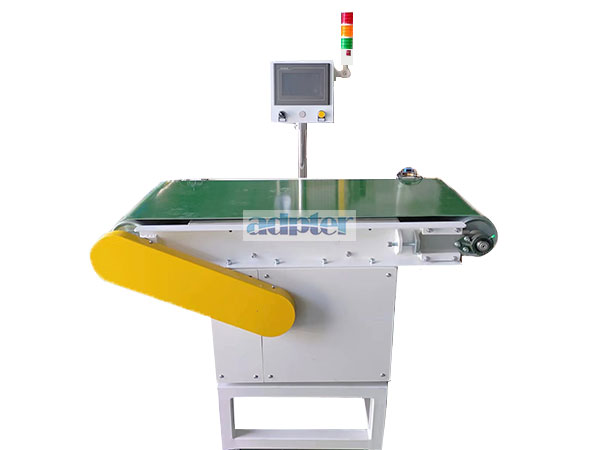

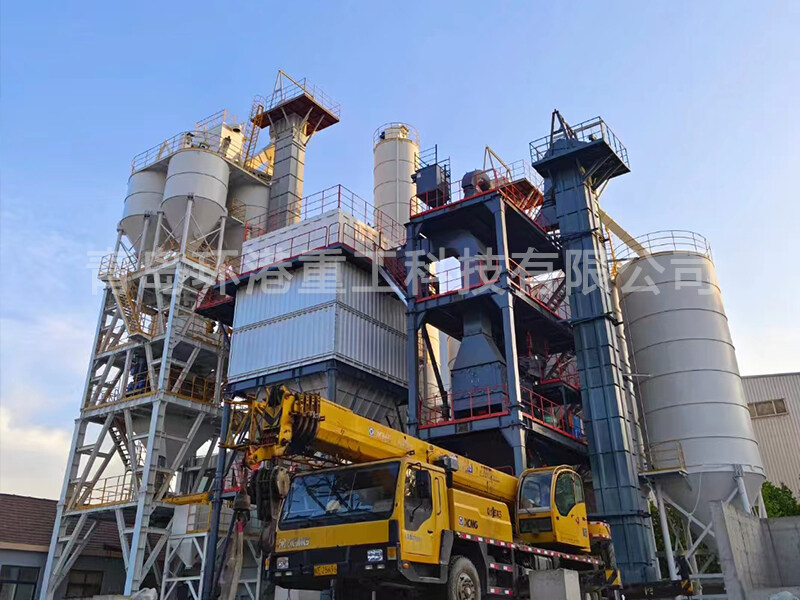 Ready-mixed dry mortar production line
Ready-mixed dry mortar production line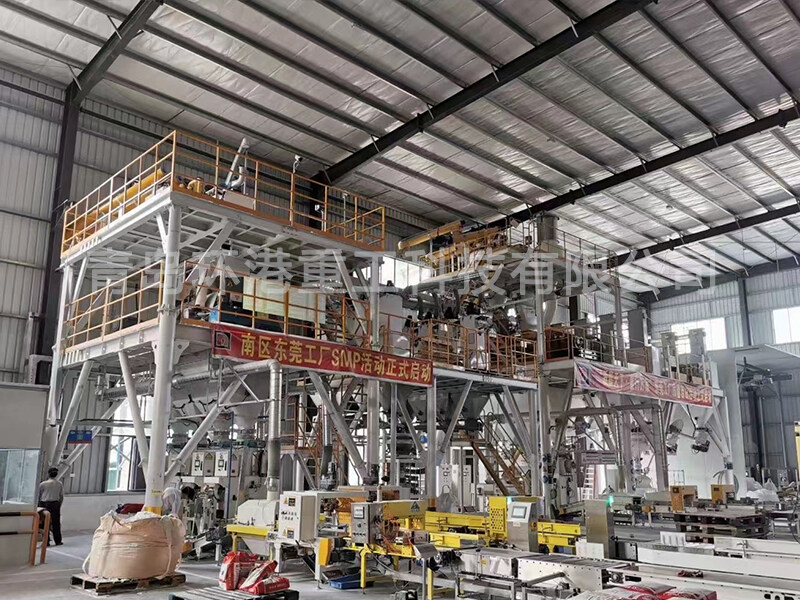 An annual output of 100,000 tons of putty powder complete production line
An annual output of 100,000 tons of putty powder complete production line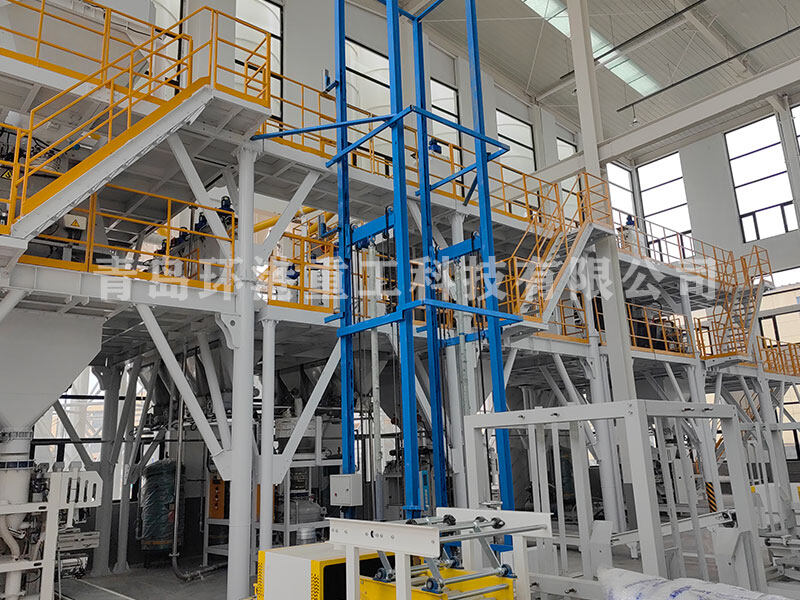 HUANGANG Putty powder production equipment
HUANGANG Putty powder production equipment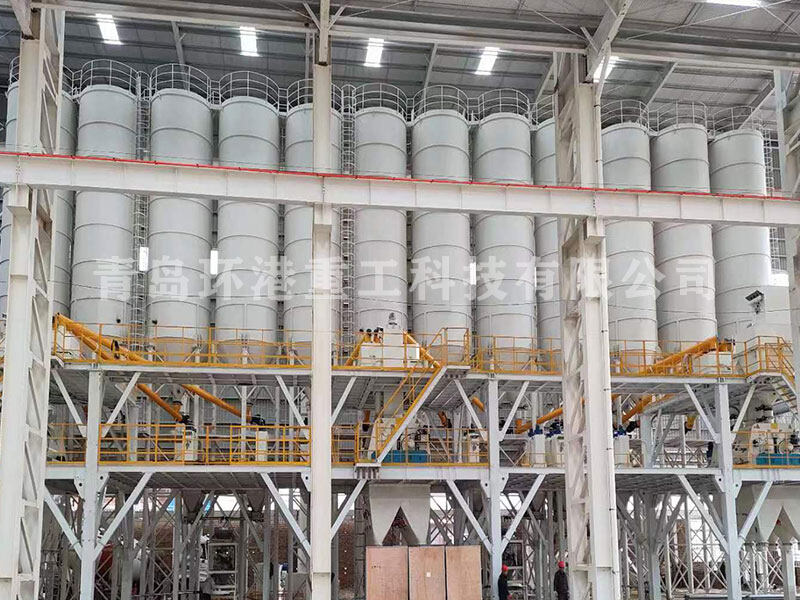 External wall putty powder production line
External wall putty powder production line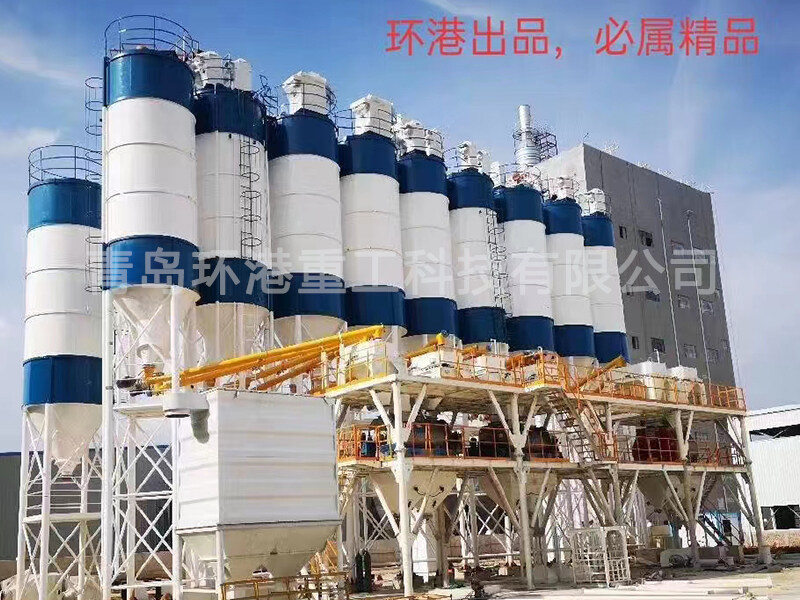 Light plaster plaster equipment/plaster base self-leveling mortar production line
Light plaster plaster equipment/plaster base self-leveling mortar production line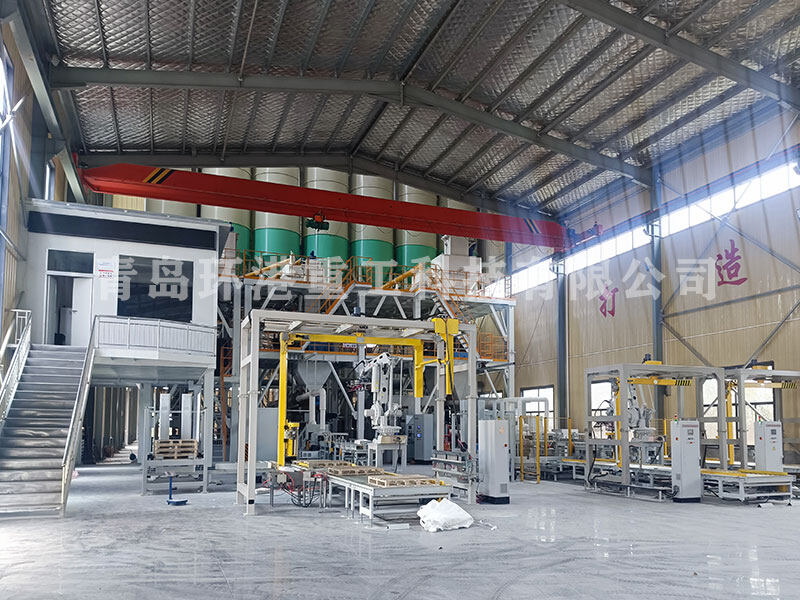 Light weight gypsum mortar production equipment
Light weight gypsum mortar production equipment